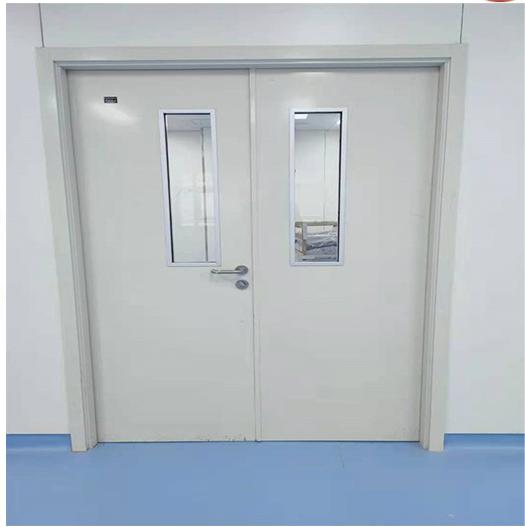The difference between Class A fire doors and Class B fire doors
Fire doors usually refer to side-hung doors installed in fire-fighting passages, corridor evacuation exits and other fire compartments that can provide fire protection and heat insulation in a fire, and can meet the requirements of fire resistance integrity and heat insulation within a specified time. Fire doors can be divided into Class A fire doors with a fire resistance time of 1.5 hours, Class B fire doors with 1 hour, and Class C fire doors with 0.5 hours.

Fire doors can be divided into household fire doors and public fire doors according to the usage scenarios. The most important function is to isolate the fire and prevent the spread of smoke in the event of a fire. It can ensure that people can evacuate safely within a certain period of time. Fire doors There are many kinds of materials, but they all need to meet the fire-resistant integrity and heat insulation requirements of fire doors. The most commonly used in the market are Class A fire doors and Class B fire doors. So what is the difference between the two?
The fire protection time of Class A fire doors is more than 1.5 hours and not less than 1.5 hours. Once the time is lower than this time, the fire protection requirements of specific parts and places cannot be guaranteed. The fire resistance time of Class B fire doors is required to be more than 1.0 hours, and its fire resistance time is half an hour shorter than that of Class A fire doors. The thickness of the door leaf is different: the thickness of the door leaf of the class A fire door is generally required to be 50~55mm, and it is made according to different materials. The door leaf thickness of Class B fire doors is 45~50mm, which is 5mm thinner than Class A fire doors.
The scope of application is different: Class A fire doors are usually used in some places with particularly high fire protection requirements, such as KTV private room doors, power distribution room doors, or equipment room doors, ventilation, air conditioning machine room doors, etc. of automatic fire extinguishing systems in some high-rise buildings. . Class B fire doors are more widely used than Class A fire doors, and can be used in stairways, schools, commercial buildings, and many office buildings.
 sale
sale
